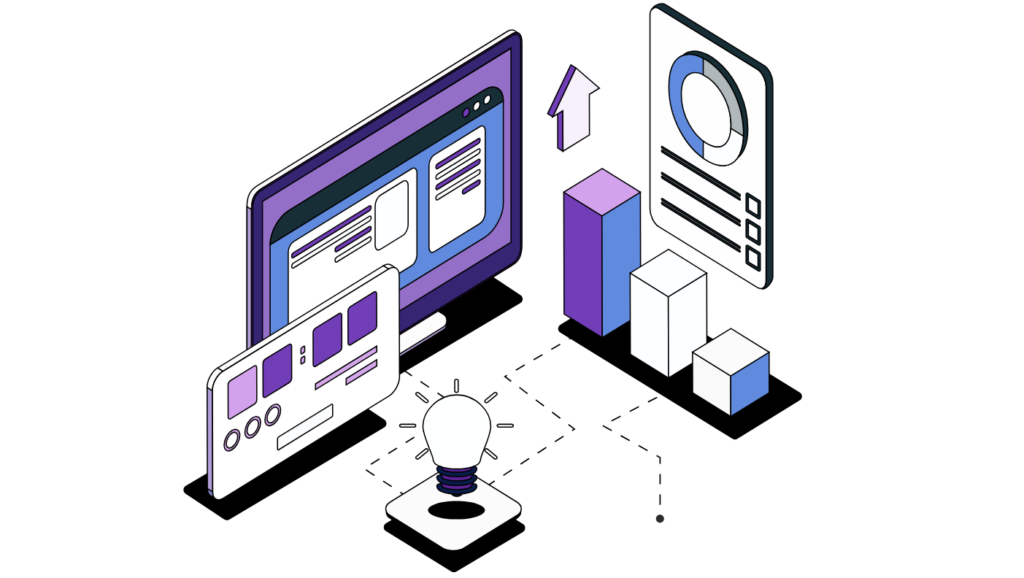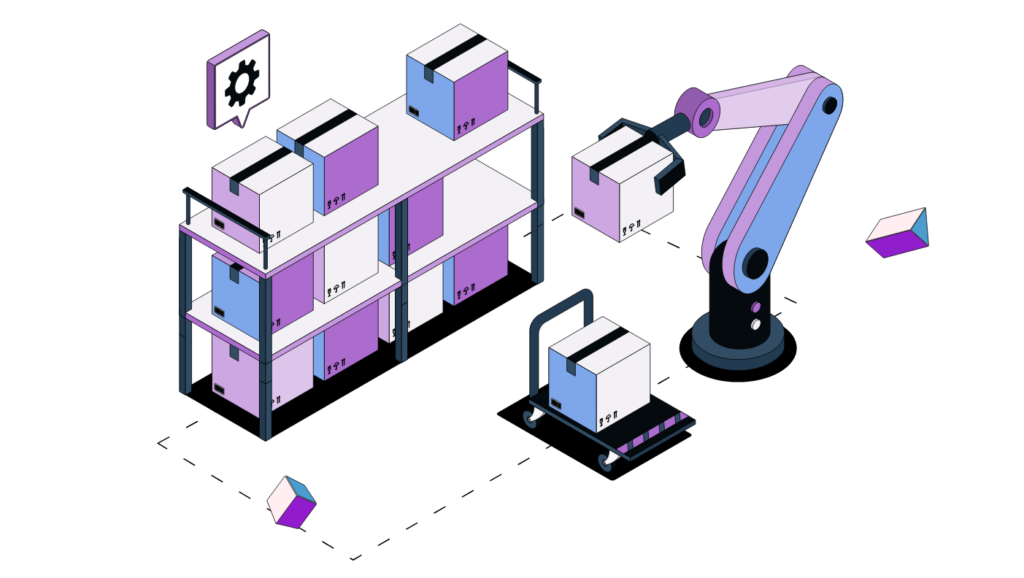Reroute Warehouse Labor in Real Time to Stay Agile and Meet Demand
What if you could reroute warehouse labor before it’s too late? In a fast-paced warehouse, timing is everything. A late shipment, an overworked picker, or an idle loader can set...
On June 20, 2025

What if you could reroute warehouse labor before it’s too late?
In a fast-paced warehouse, timing is everything. A late shipment, an overworked picker, or an idle loader can set off a chain reaction that impacts service levels, customer satisfaction, and ultimately, your bottom line. The warehouse floor is filled with moving parts, and while it’s easy to focus on static metrics like throughput or order accuracy, what often gets overlooked is one of the most critical elements of performance: real-time labor allocation.
Imagine if your team leads could spot delays as they were forming. What if they could reassign workers based on current demand, instead of relying on guesswork or shift-long plans that no longer reflect reality by midday?
This isn’t about micromanagement – it’s about empowering your frontline teams with visibility and tools to make smarter decisions in the moment. Let’s unpack what that could look like in practice and how it could transform your warehouse operations.

The Problem with Static Labor Planning and How Rerouting Warehouse Labor Can Help
Traditional labor planning starts with good intentions: You analyze volumes, assign staff to zones or tasks, and set a schedule. But the warehouse doesn’t run on a static script. Orders spike unexpectedly. A container arrives early. A key worker calls out. Or a system issue creates a backlog in picking.
By the time these problems become visible – typically through late orders or supervisor walk-throughs – it’s already too late to adjust effectively. The result? Overburdened teams, underutilized resources, and last-minute firefighting that becomes business as usual. You need the ability to pivot, to reroute your warehouse labor.
Additional reading on the cost of underutilized teams: Warehouse Efficiency
The Case for Real-Time Labor Visibility
To get ahead of these issues, warehouses need real-time insight into both workload and workforce. It’s not enough to know how many orders are in the queue – you also need to understand:
Who’s working on what right now?
Where are the bottlenecks forming?
Which employees have capacity or the right skills to jump in?
With this level of visibility, you can make data-informed decisions quickly: shift a receiver to picking, move a loader to replenishment, or hold off on a non-urgent task to cover a spike in outbound volume.
It’s not just about moving people around randomly. It’s about making precise, strategic adjustments – before delays pile up.
A Real-World Scenario Rerouting Warehouse Labor
Let’s say it’s 1:00 PM, and your outbound volume is trending higher than expected. Pick rates are falling behind. Normally, you’d discover this at 3:00 PM, just in time for the next shift scramble. But with real-time insight into active picks and pending shipments, your supervisor sees the lag forming and takes action.
They review a live dashboard that shows:
- Open picks by zone and shipment
- Current assignments for each worker
- Individual performance data by task type
They quickly identify that two team members currently assigned to receiving are ahead of pace. One of them has strong historical performance in picking. The supervisor reassigns that person for the next hour to support the outbound load.
As a result, the pick backlog is cleared by 2:30 PM – no need for overtime, no impact on outbound shipping.
This isn’t a theoretical benefit. Warehouses using tools like Rebus are already making these adjustments every day, rerouting their warehouse labor – not based on instinct, but on live data that maps labor to need.

Why Manual Tracking Doesn’t Cut It
You might think, “We can do this with spreadsheets and walk-throughs.” And yes, some adjustments are possible with boots-on-the-ground management. But let’s be honest:
Spreadsheets go out of date the moment they’re saved.
Walk-throughs only show one slice of the floor at a time.
Supervisors already wear a dozen hats and don’t have time to constantly investigate task status.
What’s needed is a system that automatically connects the dots between labor, workload, and productivity – and presents it in a way that’s intuitive and immediately actionable.
Planning Ahead, Reacting Smarter
Real-time labor rerouting isn’t about abandoning planning. It’s about adding agility to your plan. Start with your forecast, your schedule, your best estimates. But add a layer of dynamic visibility that lets you course-correct when reality shifts – because it always does.
When supervisors can make adjustments based on facts, not gut feelings, you:
- Maximize labor efficiency without overstaffing
- Improve on-time shipments without heroics
- Reduce burnout by matching workers to tasks they excel in
That last point is important. Labor rerouting also supports retention. By knowing who’s a strong picker or an efficient loader, you avoid setting people up to struggle – and instead give them the best chance to succeed.

A Soft Step Toward Smarter Labor
You don’t need a full transformation overnight. Start with one zone. Begin by tracking one metric, like open picks or task completion times. Build from there. The key is consistency – turning reactive scrambles into proactive shifts.
If you’re already using Rebus, many of these capabilities are at your fingertips: labor dashboards, visual workload mapping, and real-time alerts. If not, this is the kind of operational agility Rebus is built to support.
Because in the warehouse, things rarely go exactly to plan. The difference is what you do next – and how quickly you can respond.
Ready to see how real-time labor rerouting could work in your warehouse? We’d be happy to show you how it plays out in a quick demo – no pressure, just real-world examples.
Learn more here or schedule a demo.
Want clarity in your warehouse? Rebus can help you optimize your LMS, warehouse analytics, and data-driven decision-making processes to drive better outcomes.








